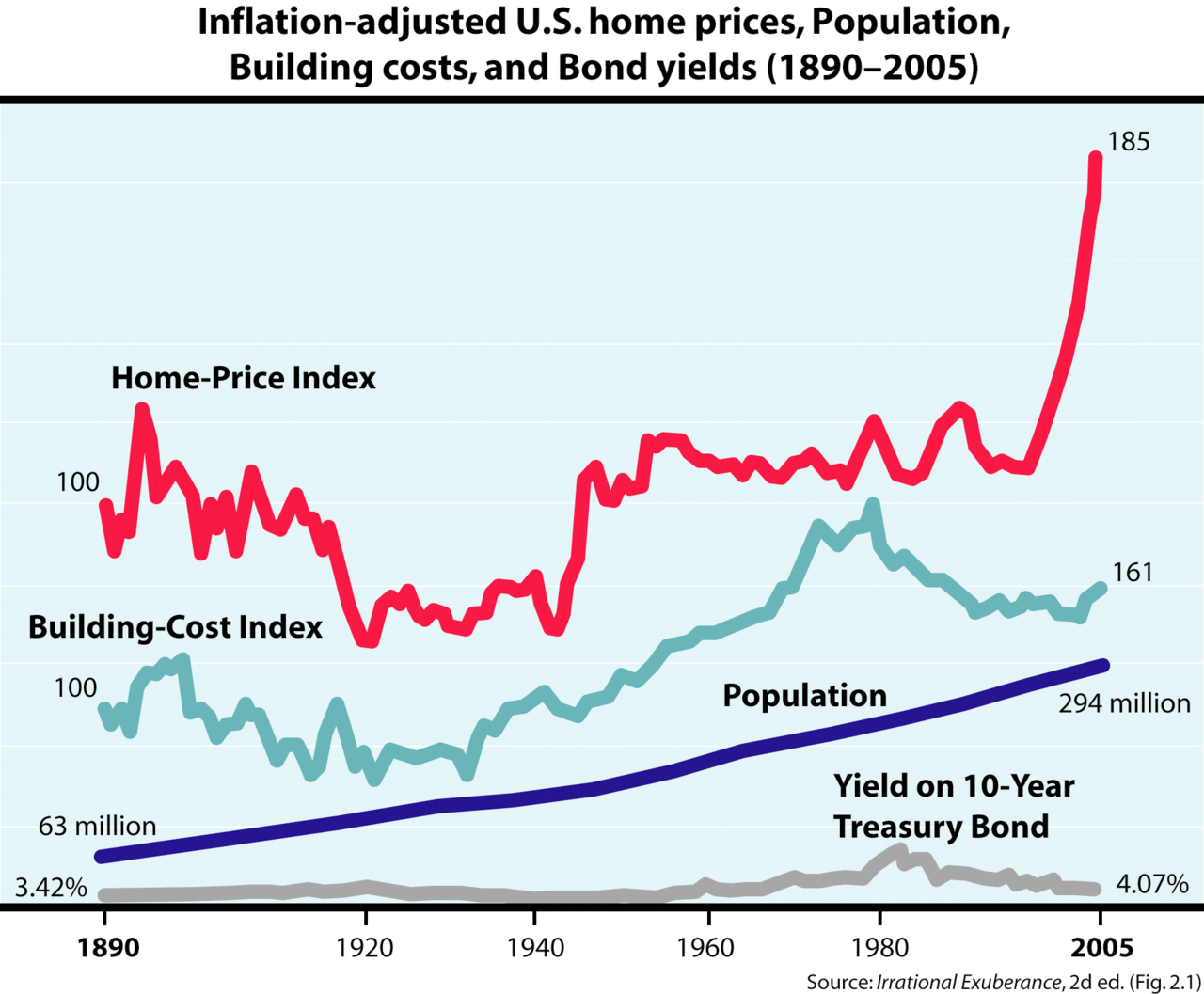The Great American Cost Conundrum: Unraveling Regional Housing Price Mysteries

Imagine two identical houses, one nestled in the rolling hills of rural Ohio and the other perched on the sun-kissed shores of San Francisco. Both have three bedrooms, two bathrooms, and a cozy backyard perfect for summer barbecues. Yet, the Ohio home can be yours for a mere $150,000, while the San Francisco abode comes with a staggering price tag of $1.2 million. What’s behind this jaw-dropping disparity? To unravel the mystery of housing costs varying by region, let’s take a journey through America’s diverse landscape and explore the complex interplay of factors that shape the housing market.
The Age-Old Question: Supply and Demand
It’s Economics 101: when demand outstrips supply, prices skyrocket. This fundamental principle plays a significant role in regional housing costs. Cities like San Francisco, New York, and Seattle are hubs for high-paying industries, attracting hordes of professionals and entrepreneurs. As the demand for housing in these areas intensifies, prices shoot up. Conversely, regions with weaker economies and slower population growth, like many rural areas, experience lower demand, resulting in more affordable housing options.
The Proximity Premium
Let’s face it: we love being close to vibrant city centers, good schools, and well-paying jobs. Neighborhoods with these amenities command higher prices, thanks to the convenience and prestige they offer. In thriving cities, the proximity premium can lead to stark price differences even within a single metropolitan area. For instance, a home in Brooklyn’s trendy Williamsburg neighborhood might cost three times more than an identical property in a less fashionable part of the borough.
Regulations and Zoning: The Hidden Costs
Government policies, zoning regulations, and environmental concerns can drastically impact housing prices. In areas with strict environmental regulations, like California’s coastal regions, new construction must adhere to stringent standards, increasing development costs. Similarly, zoning laws in cities like Manhattan limit the supply of new housing, driving up prices. On the other hand, areas with less-stringent regulations, such as those in the Midwest, tend to have lower housing costs.
History and Charm: The Intangible Factors
Some regions possess an intangible allure, shaped by their history, architecture, and cultural heritage. Boston’s Beacon Hill neighborhood, with its picturesque colonial architecture and storied past, commands high prices due to its unique charm. In contrast, newer developments in areas like Arizona’s sprawl lack the character and history that drive prices up elsewhere.
Climate and Amenities: An Added Layer of Complexity
Climate plays a subtler but significant role in regional housing costs. Coasts and areas with attractive climates, like California and Florida, attract retirees, tourists, and full-time residents willing to pay premiums for the warm weather and lifestyle. In contrast, harsher environments, like Wyoming or the Upper Peninsula, might require more specialized equipment and higher maintenance costs, driving prices down.
Taxes, Education, and Social Infrastructure: The Silent Cost-Shapers
Taxes, education, and social infrastructure may not be the first factors that come to mind when considering housing prices, but they play a crucial role. Regions with top-rated schools, excellent healthcare systems, and sound infrastructure finance these quality-of-life staples through relatively high taxes, which are often factored into housing costs. Meanwhile, areas with less excellent infrastructure may have lower housing prices but higher costs elsewhere, such as transportation and healthcare.
America’s diverse landscape is a patchwork of unique housing markets, each influenced by a complex web of factors. While it’s impossible to replicate the rolling hills of rural Ohio in San Francisco’s cosmopolitan center, understanding the interplay between supply and demand, regulations, history, climate, and other factors helps unwrap the mystery of housing costs varying dramatically by region.





